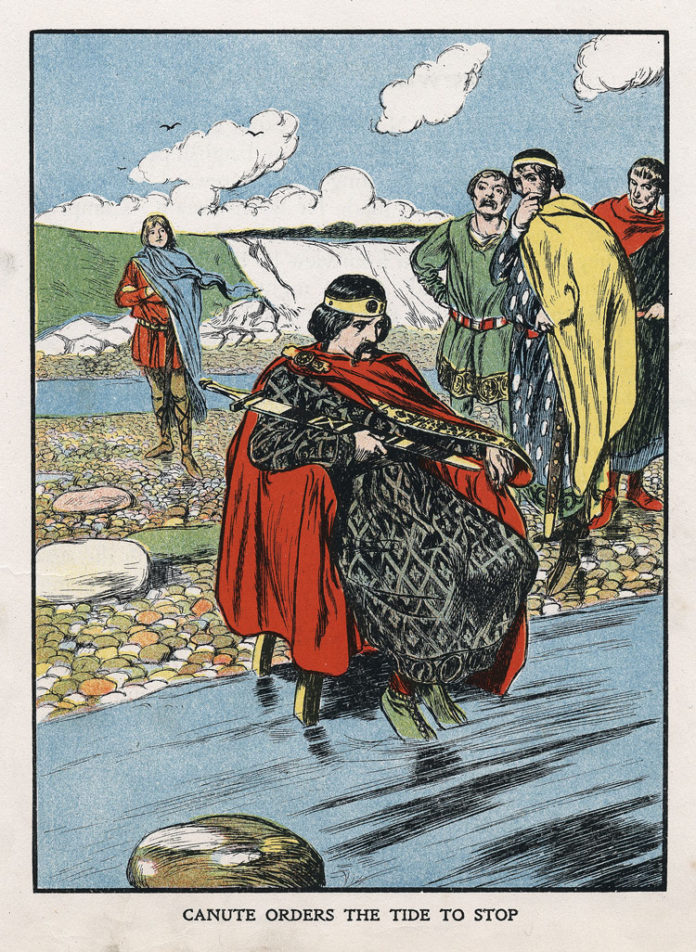King Canute invited and conquered much of England – and didn’t really believe he could control the tides
Danish-born King Canute is often held up as an example of monarchical folly. Much of this is due to his apocryphal attempt to sit his throne on the shoreline and order the waves to beat a retreat.
In fact, a 12th-century record shows Canute to be a far wiser man than legend suggests. Far from believing he could control the tides, Canute’s objective was much more logical. He was trying to demonstrate to his courtiers that secular force is futile in comparison with God’s supreme powers.
Canute brought such wisdom to bear across his reign. Having invaded and conquered much of England and laid siege to London, King Canute was crowned in the capital on 6 January 1017. He used English forces to help him become ruler of Denmark the following year and Norway a decade later.
Despite such distractions in attempting to forge an Anglo-Scandinavian or ‘North Sea’ empire, he proved an efficient and effective ruler of England. King Canute established a period of prosperity and calm following more than a century of internal battles and strife.
When King Canute died in 1035, the empire died with him. War broke out in Scandinavia and Edward the Confessor emerged from exile to succeed Canute’s son and return the country to Anglo-Saxon rule.
Key dates
- 1018 – Devon’s Buckfast Abbey is founded
- 1034 – King Duncan of Scotland begins his six-year reign. He is later defeated by MacBeth.






 © 2024
© 2024